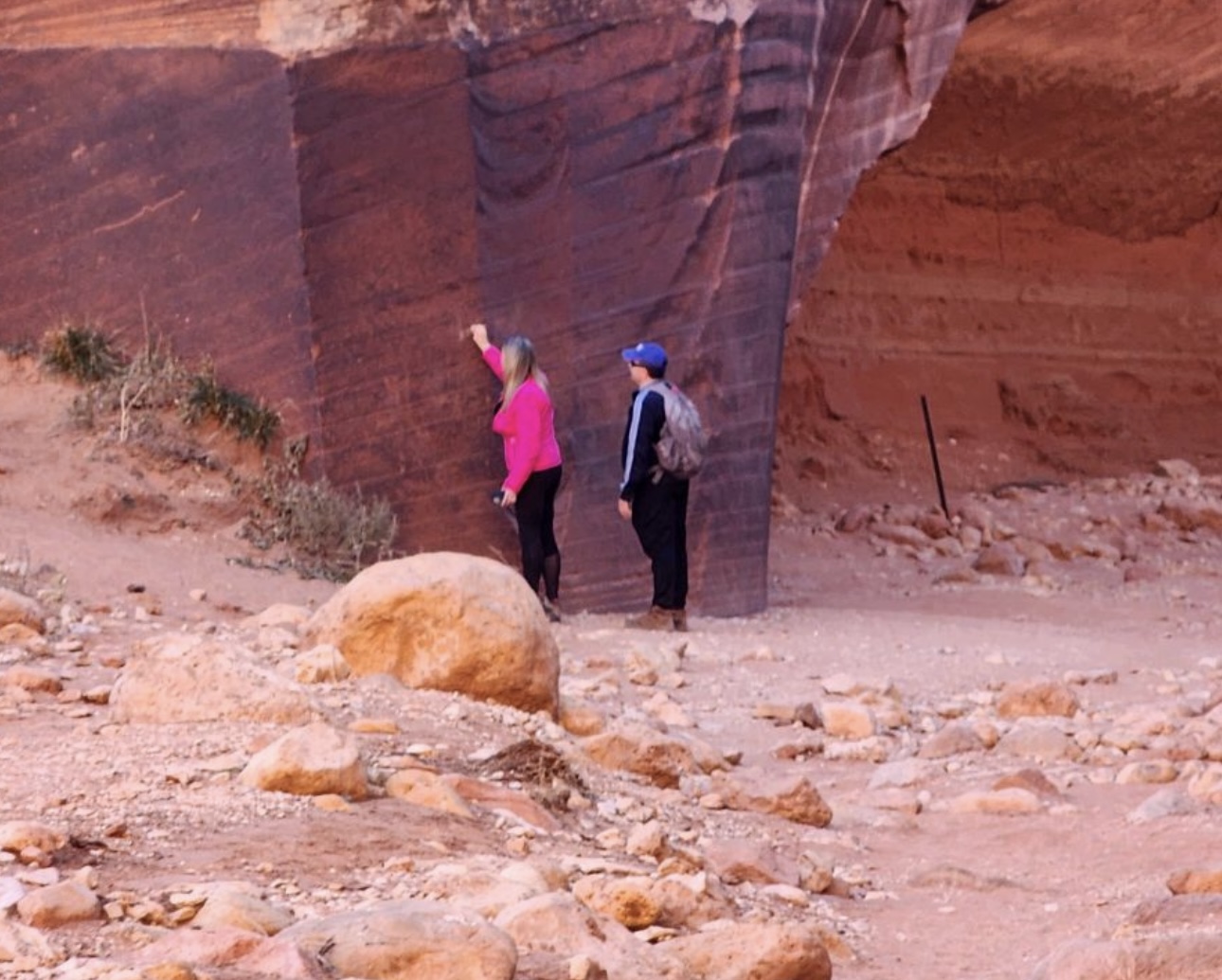Some information may be outdated.
The Utah Division of Wildlife Resources issued a press release reminding people that the daylight savings time change will likely mean lower visibility on roads during evening commutes, and that big game are also more active this time of year, creating a higher likelihood of vehicle/wildlife collisions.
“The peak time to hit deer in Utah is around November,” said DWR Migration Initiative Coordinator Daniel Olson. “It coincides with mating season and the migration. Animals are crossing more roads during the migration, and male deer move around a lot more to find mates. Plus, it doesn’t help that the daylight hours are shorter, creating lower visibility for drivers.”
The DWR reports that there have been over 3,500 deer/vehicle collisions reported in Utah so far this year. In 2012, a DWR study found that about 10,000 deer/vehicle collisions occurred in Utah. Since then, the state has launched its Wildlife Migration Initiative, which was founded in 2017 to track and study migration patterns of Utah wildlife. That data can help biologists identify the most effective locations to make habitat improvements and place wildlife crossings to cross highways or rivers. Fences and bridges installed along migration routes have likely reduced the number of wildlife/vehicle collisions, the DWR says.
To avoid hitting an animal, the DWR offers these tips: Be especially alert during early morning and dusk. Heed wildlife crossing signs; they’re placed in areas with known wildlife activity. Ask your passengers to help you watch for wildlife—a good thing to look for is animals’ “eyeshine,” the reflection of light from an animal’s eyes. Don’t throw trash or food scraps out of car windows.
“Not only are there penalties for littering on a highway, but trash and food scraps can also draw animals to roadways,” says the press release.
If you do see an animal on or near the road, slow down while staying in your lane. Be aware that many animals travel in groups; if you see one, there may be more.
If you hit an animal while driving, the DWR recommends that you use your hazard lights and pull off the road. Don’t approach an injured animal. Call 911 if you are injured, or if the animal is in the roadway and could pose a danger to other drivers.
Appreciate the coverage? Help keep local news alive.
Chip in to support the Moab Sun News.





